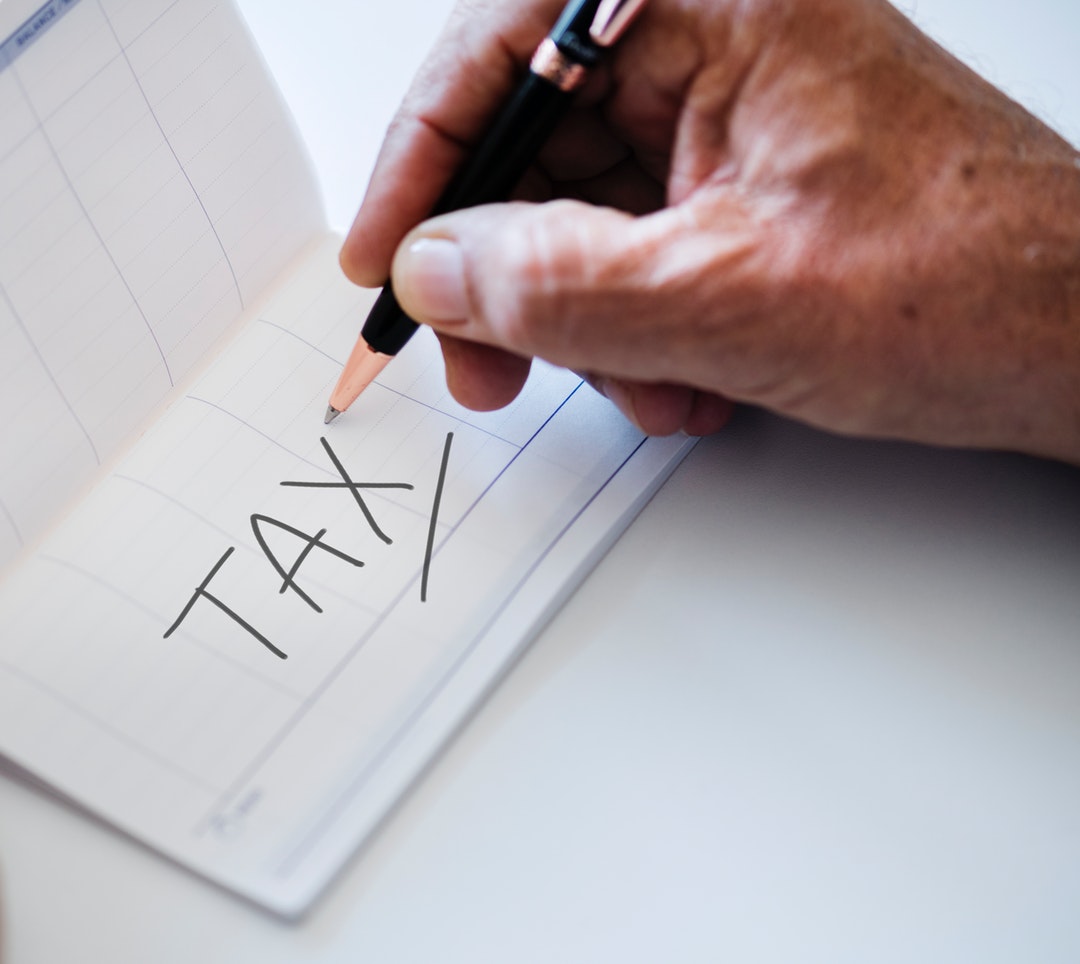Every year, people spend approximately 13 hours preparing their tax return. But when you’re a trucker and are in charge of your own business, that number can quickly go up.
The more time you have to spend taking care of your tax return is less time you can be out on the road. This cuts into your bottom line and hurts your profits.
But that doesn’t mean you can’t shorten the amount of time you’ll spend getting your 2019 taxes in order. You just need to have the right strategy in place.
And it’s far easier than it sounds!
We’ve put together a few simple tips to help make getting your tax return ready as simple as possible.
Start Compiling Your Receipts
When you’re an owner-operator, business expenses happen almost every day you’re on the road. Everything from lodging to repairs could be a qualifying business expense.
But you can only claim them if you have the receipts to prove how much you spent. Without the receipts, you’re stuck paying for those things out of pocket.
Have a look through the cab of your truck and pull out any receipts that might have slipped beneath the seats. Once you’ve found as many as possible, start looking at the types of purchases you made.
Organize the receipts by category: lodging during forced layovers, repairs, office supplies, union dues, and work-related costs. The more organized you keep the receipts, the easier it will be to prepare itemized deductions.
If you’re an employee with a trucking company, the company should have reimbursed you for many of those expenses. If not, speak with the human resources coordinator with your company to discuss compensation.
Keep in mind that any expenses a company reimburses you for cannot be claimed as a deduction on your 2019 taxes.
Get Documents in Order
If you work as a full or part-time driver with a company as an employee, you’ll receive a W-2 to report your income. Owner-operators, on the other hand, should receive a 1099 MISC form from each company they contract with.
Both forms must be sent out by January 31. If your employer has not sent out W-2s by that date, they’re subject to fines.
For contract employees, it’s a bit different. Companies are required to send you a 1099 form if you make more than $600 on a run. But that doesn’t mean they always will.
Go through your paystubs, checks, and direct deposits and add up how much you’ve earned from January to December 2018. This way, you’ll have a clear picture of your earnings even if a 1099 form gets left out.
Check all earnings against the invoices you sent to companies throughout the year. If anything is inaccurate, try to resolve it as soon as possible.
Catch Up on Quarterly Payments
This is not necessary for employee drivers, but for owner-operators, quarterly tax payments are required.
Ideally, you should have made three quarterly tax estimate payments during 2018. If you missed one or paid less than you should have, make a larger payment for the last quarter.
Remember, the IRS charges you fees for missing quarterly payments as well as underpaying on those quarterly payments. Sending a larger payment in for the fourth quarter of the year will help you avoid those fees.
This is also the perfect time to get ready for the next year. Put reminders in your phone’s calendar to tell you when it’s time to send a quarterly payment. If possible, set aside money from each payment to cover those taxes so you’ll have it on-hand.
No one likes sending those quarterly payments in, but doing so will save you money and frustration in the long-run.
Compile Both Employee and Contractor Tax Info
In some cases, drivers switch between working as a company driver and an owner-operator. Since you get two different tax forms, it seems only natural to file two separate returns, right?
Luckily, you don’t have to. If you made the switch from employee to owner-operator mid-year, you won’t have to file more than one return. Instead, you need to include both incomes on your single return.
The same is true if you switched career fields. Your old job’s earnings should be reported with your earnings as a driver.
Figure Out Where Your Tax Home Is
A tax home is where you do the majority of your business. This means if you report to the same company in the same town for business, that location is your tax home.
If you’re an owner-operator, on the other hand, your tax home may be your place of residence.
Tax homes are how the IRS determines whether or not your travel costs are tax-deductible. For most truckers who travel away from their tax home for more than one day, those expenses will be deductible.
However, if you do mostly local deliveries, costs for food, lodging, and other related expenses are your responsibility to cover. You cannot use them to decrease your taxable income or offset how much you owe the IRS.
Don’t Be Afraid to Get Help on 2019 Taxes
Taxes are difficult for everyone, but for truck drivers, they can be even more complex. Instead of trying to handle things on your own, consider working with an experienced accountant.
They’ll take all your receipts, wage statements, and records to determine how much you owe the IRS. Best of all, they’re familiar with the tax code and can help you maximize deductions to save you even more money.
Final Thoughts
Paying your taxes on time is easier when you stay organized throughout the year. All it takes is a bit of determination and persistence. Keep track of your expenses, save your receipts, and get help from an experienced accountant if you need it.
The more prepared you are for your 2019 taxes, the better off you’ll be. Need help getting your business’s recordkeeping more organized? Contact us today and see how we can help!
